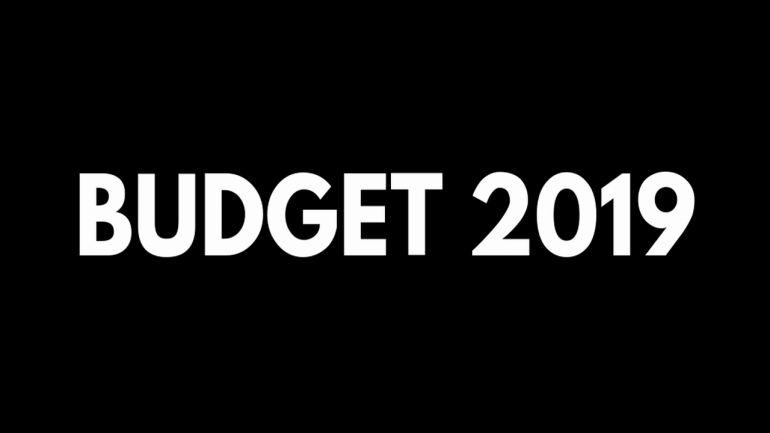The Government must enhance funding allocation for the renewable energy sector to support the development of renewable energy parks and for augmentation of inter-state transmission infrastructures
Girishkumar Kadam
With nearly 100 percent household electrification, the government is now focused on 24x7 reliable power supply throughout the country.
This requires strengthening of the distribution infrastructure and improvement in the financial profile of the distribution utilities (discoms). The system strengthening works and IT initiatives under the centrally-sponsored schemes play an important role in improving operating efficiencies, especially the distribution loss levels for state-owned discoms.
The central government must augment the budgetary allocations towards its flagship schemes - Deendayal Upadhyaya Gram Jyoti Yojana (DUGJY) and Integrated Power Development Scheme (IPDS).
Apart from higher fund allocation, the government must usher in reforms in the distribution segment to achieve a sustainable improvement in the financial profile of the discoms.
The policy support by the central government, as well as improved cost competitiveness, has increased the share of renewable energy (RE) based capacity in the overall installed power generation capacity to 21.8 percent as on March 31, 2019, from 12.9 percent as on March 31, 2014.
With an installed capacity of 77.6 GW as on March 31, 2019, the incremental capacity of 97.4 GW is required to meet the Government’s RE capacity target of 175 GW by FY2022, entailing an investment of more than Rs 5 trillion.
In this context, the government must enhance funding allocation for the renewable energy sector to support the development of renewable energy parks and for augmentation of inter-state transmission infrastructures.
Further, a significant push is required to promote investments in the roof-top solar segment, given that the installed capacity is low at 1.96 GW against the targeted capacity of 40 GW by FY2022.
ICRA also expects government measures to enable the availability of additional financing avenues for renewable energy projects.
In July 2018, the Ministry of Finance approved the imposition of safeguard duty on solar cells (assembled into modules or not) imported from China and Malaysia for a period of two years.
The safeguard duty of 25 percent was applicable for a period of one year from July 30, 2018, followed by a reduction to 20 percent in the first six months of the second year and further to 15 percent in the latter half of the second year.
While the imposition of safeguard duty improved the competitiveness of domestic module manufacturers, the extent of benefit was constrained by the fall in the imported PV module prices.
The government must provide clarity on the status of safeguard duty on imported modules post-July 2020, which would have a bearing on the solar bid tariffs by the developers as well as on the development of domestic PV module-manufacturing capacity.
The author is Vice President & Sector Head - Corporate Ratings, ICRA Ltd.
Disclaimer: The views and investment tips expressed by investment expert on Moneycontrol.com are his own and not that of the website or its management. Moneycontrol.com advises users to check with certified experts before taking any investment decisions.India Union Budget 2019: What does Finance Minister Nirmala Sitharaman have up her sleeve? Click here for top and latest Budget news, views and analyses.



















